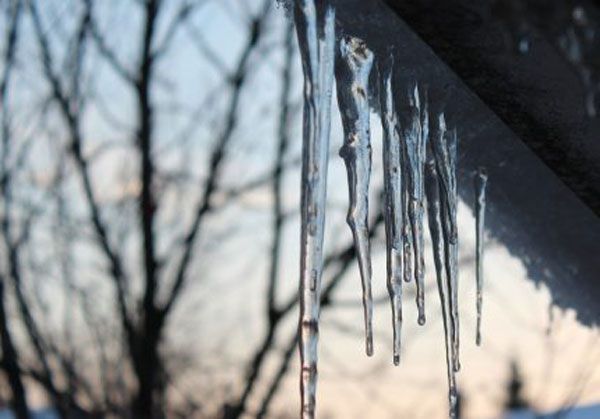Damn, That's Going To Be Expensive!
Ever wondered what really happens to your house's exterior when temperatures fluctuate around the freezing mark?

Well, let's take a closer look at the toll it takes, particularly on your roof. Snow that thaws off the warmer parts tend to create a troublesome scenario as it navigates down to the colder edges, forming icy barriers that impede the smooth flow of water. This obstruction eventually leads to a buildup of meltwater, stretching over approximately 5 or 10 feet, seeping under the shingles.
Gradually, this water can find its way through the roof, permeating into the soffits (the exterior overhangs), walls, or worse, finding its way into your cherished home. And that's not even the end of it. This could potentially unearth underlying structural issues that some roofers might conveniently mask, resulting in significantly higher repair costs in the long run. Needless to say, it's a scenario you definitely want to avoid.
If your roof is a dark shade and basks in the full sun throughout the day, ensuring the melting of any previously accumulated snow, then these recommendations are particularly relevant for you.
Here are a couple of methods you can employ:
- Ensure that your downspouts remain unobstructed and free from any blockages caused by leaves, debris, or snow accumulation. This step will effectively prevent any backups or freezing at the top.
- Physically remove snow from the edges of your roof to prevent the formation of dams. However, this task can be challenging, especially if the roof is at a significant height. Always prioritize safety when attempting this.
To avoid this, ensure that your roof effectively drains the melting snow.




